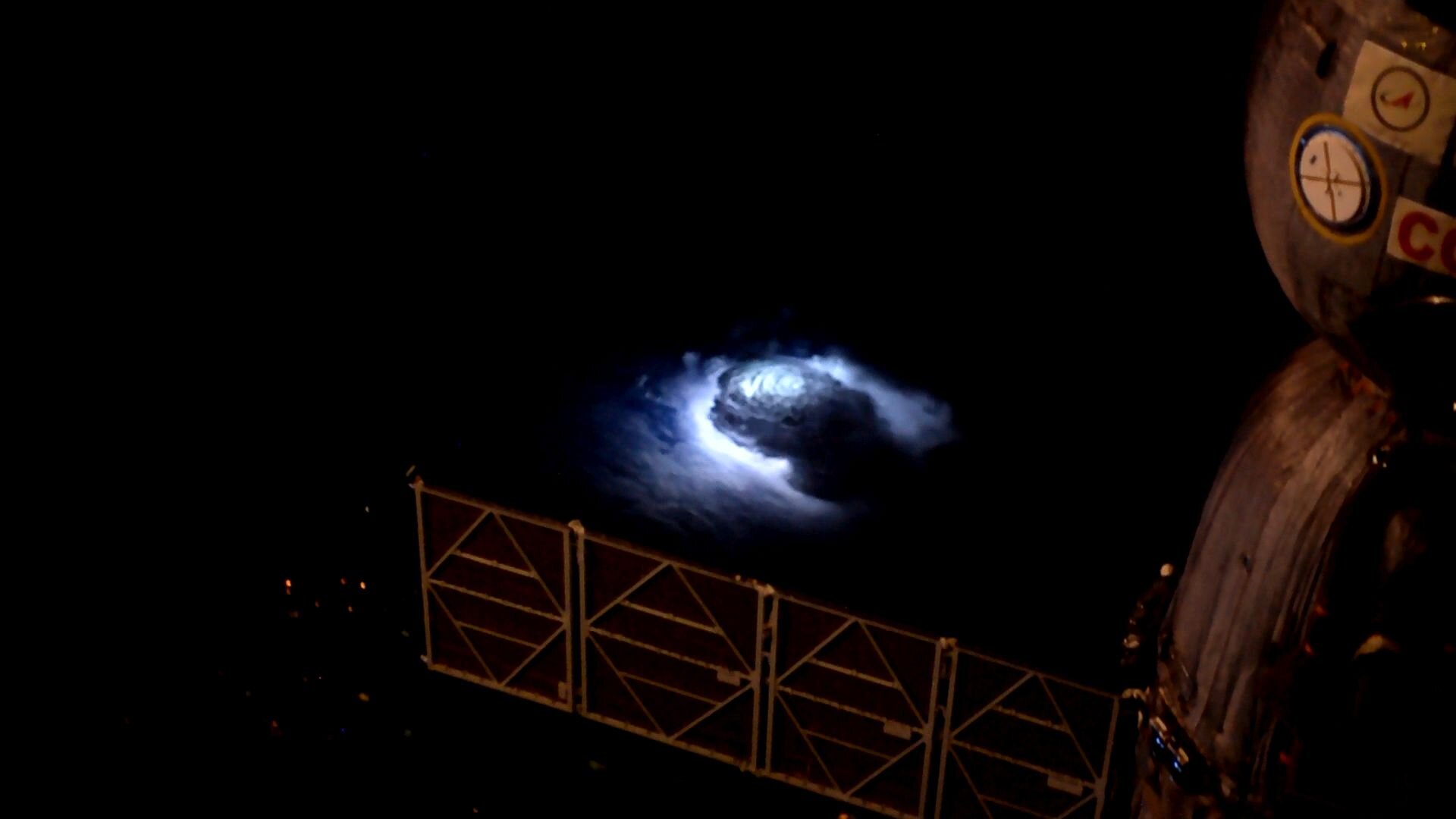When sparks fly: how to watch lightning from space!
When was the last time you saw a lightning storm? They are very common on planet Earth, where storm clouds often trigger powerful electrical bursts in our atmosphere. There is still a lot we do not understand about lightning, but an encounter by an ESA astronaut has given scientists a lot to think about.
The astronaut was Andreas Mogensen, who was onboard the International Space Station in 2015. As he was in orbit, flying over India, he pointed a high-tech camera towards a gigantic thunderstorm that he could see below. Andreas spotted a blue jet shooting up into the upper layers of Earth’s atmosphere. It reached 40 km up – more than four times as high as Mount Everest!

The spectacular footage was the first of its kind. Andreas' recording of the strange jet showed that there is a lot still to be discovered about electrical activity at the top of thunderstorms. Scientists began to learn what types of cloud can trigger the blue jets, and how they change the chemistry of the air around them. It also proved just how useful the International Space Station is for observing Earth and its storms, as this discovery would never have been made from the ground.

Scientists will soon have a new tool to help in their investigations of thunderstorms. Called the Atmosphere-Space Interactions Monitor, or ASIM for short, it is a collection of cameras, light meters, and detectors than can even observe in gamma and X-rays. ASIM is now being sent to the International Space Station, to be attached to the outside of ESA’s Columbus Laboratory. Very soon we will have the best technology in the best place to learn about lightning.

This is important because lightning affects the gases in our atmosphere, which in turn affects the climate of planet Earth, our home. The measurements taken by ASIM from space will be combined with information from satellites and ground stations all around the world. More than 100 dedicated experts from eight countries are helping.
Would you like to join them and investigate the mysteries of lightning?
Cool fact: Air high up in Earth’s atmosphere is thinner, which slows lightning down, making it a little easier for astronauts and devices onboard the International Space Station to see the lightning!


